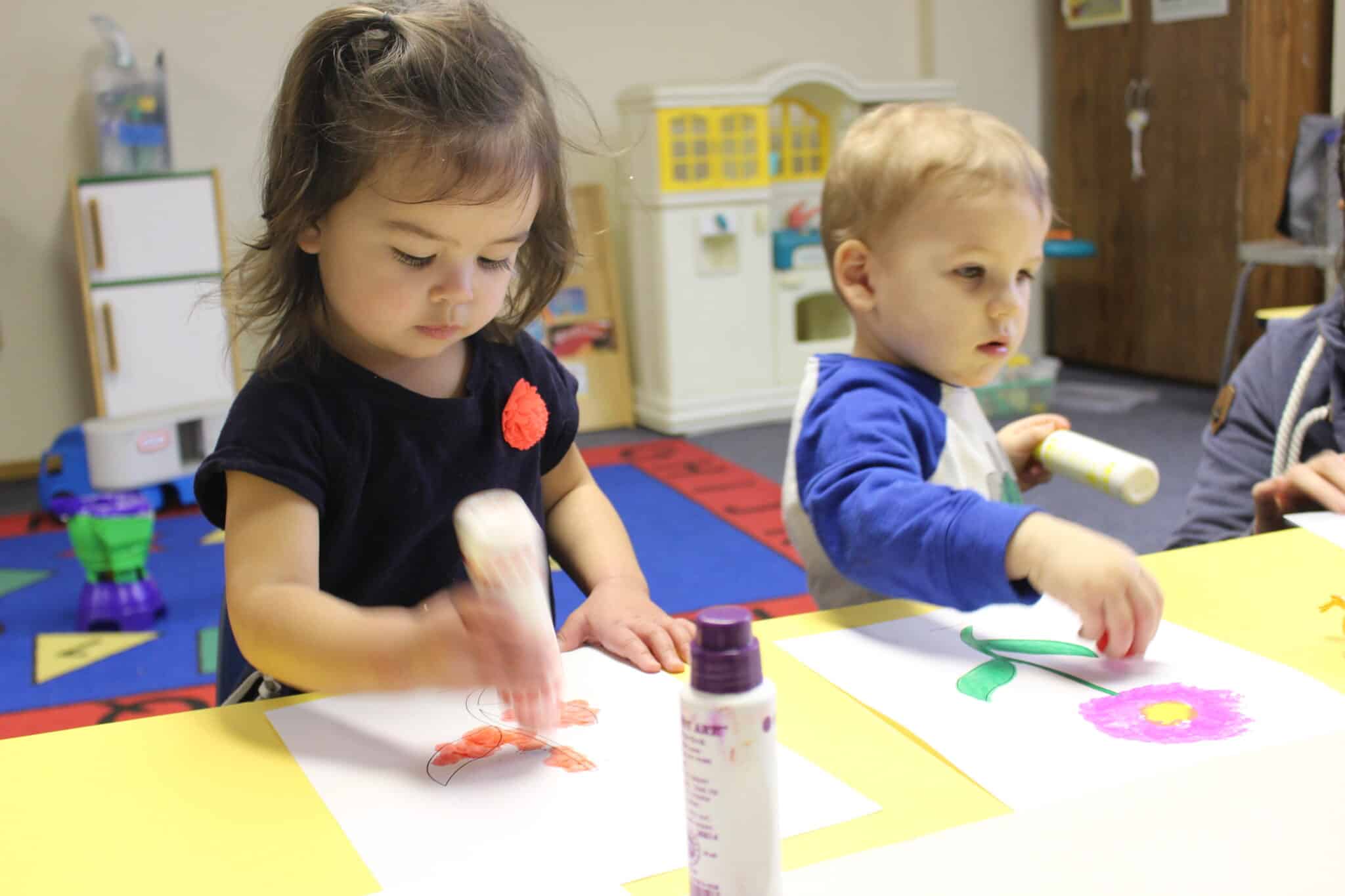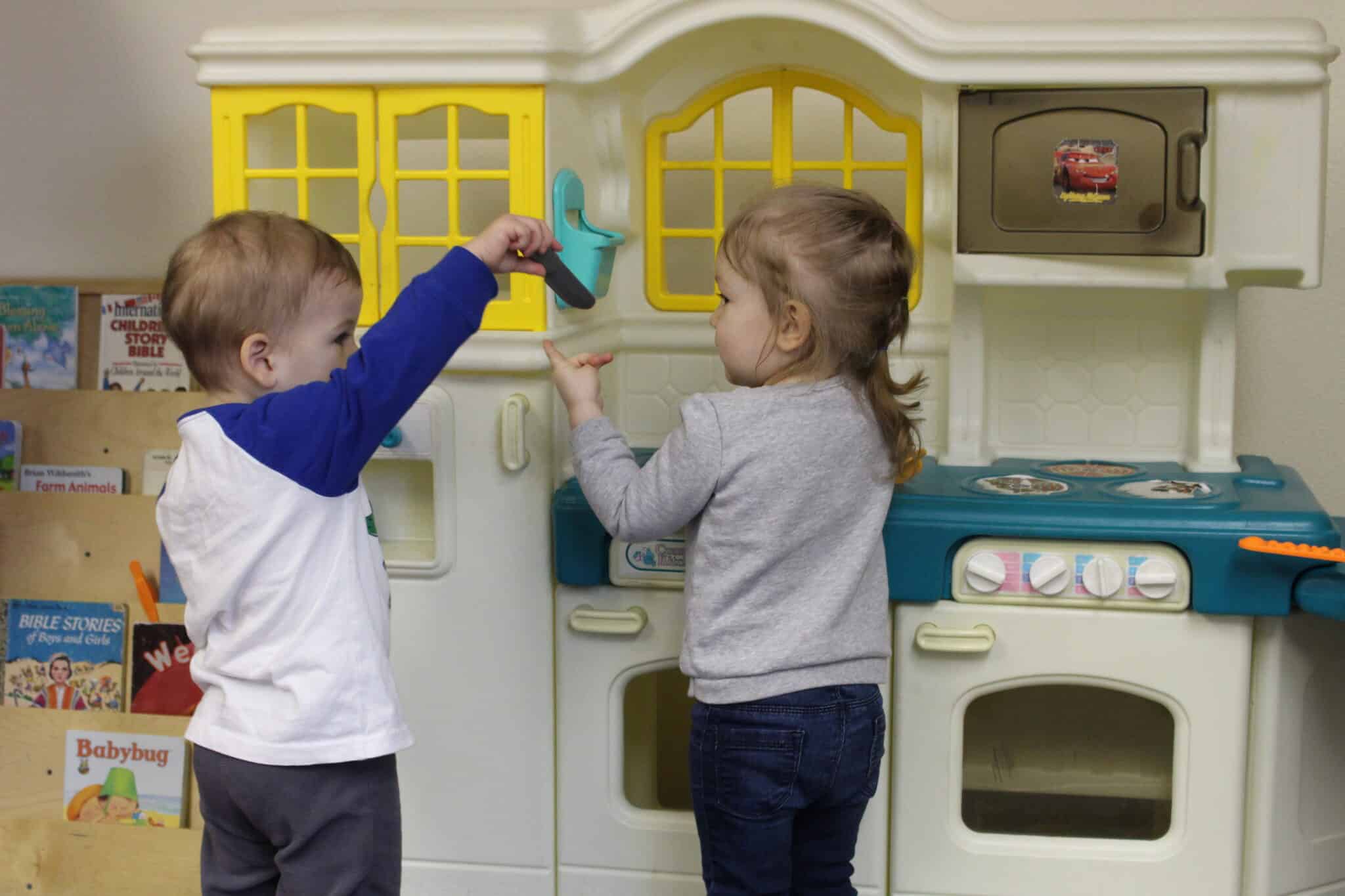Childcare Shortages
As employment has rebounded post-pandemic, the shortage of available childcare options and childcare workers is keeping many people from returning to the workforce. There were childcare shortages before the pandemic and post-pandemic the shortages are even more profound.

According to “Alaska Economic Trends” from April 2022, “An unmet need for childcare hampers economic recovery” and that “The shortage of child care has affected women most.”
The lack of available affordable, quality childcare did not start with the pandemic. In 2013, the Kodiak Area Native Association commissioned a feasibility study by the McDowell Group that indicated “that there is relatively strong unmet demand in Kodiak for high-quality child care.”
However, as “Alaska Economic Trends” explains “Like restaurants and stores, child care providers grappled with small profit margins, high turnover, and changing regulations” and states that “Almost a fifth of Alaska’s licensed child care facilities have closed since March 2020, mainly because of financial losses and the lack of workers.”
Addressing the gap in available quality child care services could provide relief to workforce shortages and improve the economic conditions of the region.

Employers recognize that some staff do not return to their employment their maternity leave. Many staff explain they cannot find childcare providers who are able or willing to watch the youngest infants, as the legalities for this credentialing is quite different than for school-age children. While the financial reimbursement for caring for infants is slightly higher than for older children, the childcare providers are greatly limited as to the number of infants they can care for, which definitely affects their profit margin.
Over the last three years, two of the four large childcare providers have closed their doors. This includes St. Paul Preschool/Daycare and the Kodiak Mission; leaving only the River of Life Christian Fellowship and the Child Development Center (available only to military personnel or the contractors who work on base). These sites closed due to an inability to pay their staff a living wage, if not greatly augmented by contributions from the constituents of their churches. Disagreements on the legality of citing a non-profit status within the Kodiak Island Borough, also caused a childcare site to close as they were no longer able to supplement their childcare income, with selling other locally produced goods such as ice cream or goat’s milk.
While many parents prefer to have their children cared for at a center, as many of these have closed the in-home providers in our community are growing in proportion to the centers. In-home providers may be challenged by the regulations which they struggle to understand, as oftentimes they may be individuals for whom English is not their first language.
KANA Childcare Assistance, housed within the Community Services Department, helps local childcare providers to navigate the bureaucracy of licensure and is able to offer financial support to families who are eligible.
The State of Alaska’s Childcare Assistance no longer has an office within Kodiak, so some childcare providers struggle to engage effectively with them over the phone.

